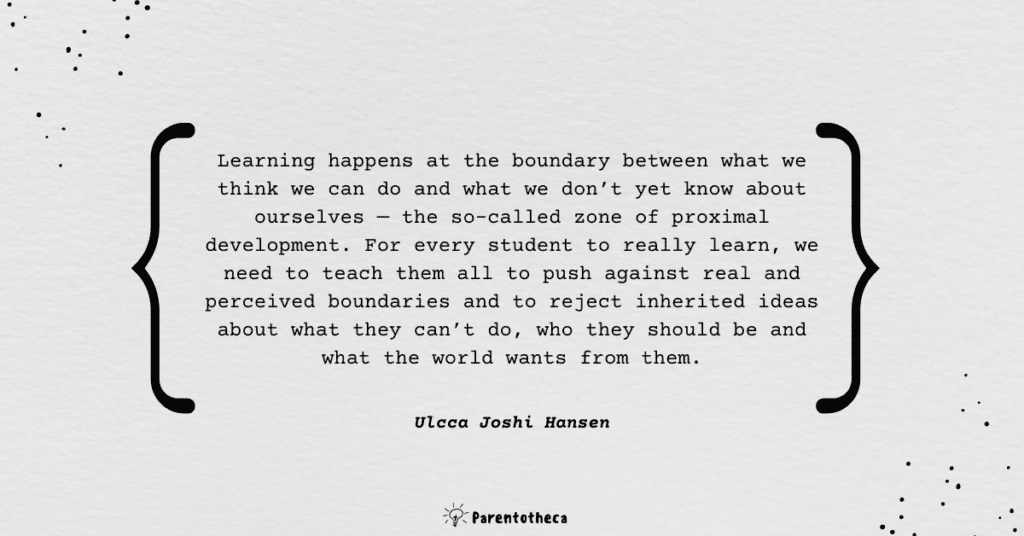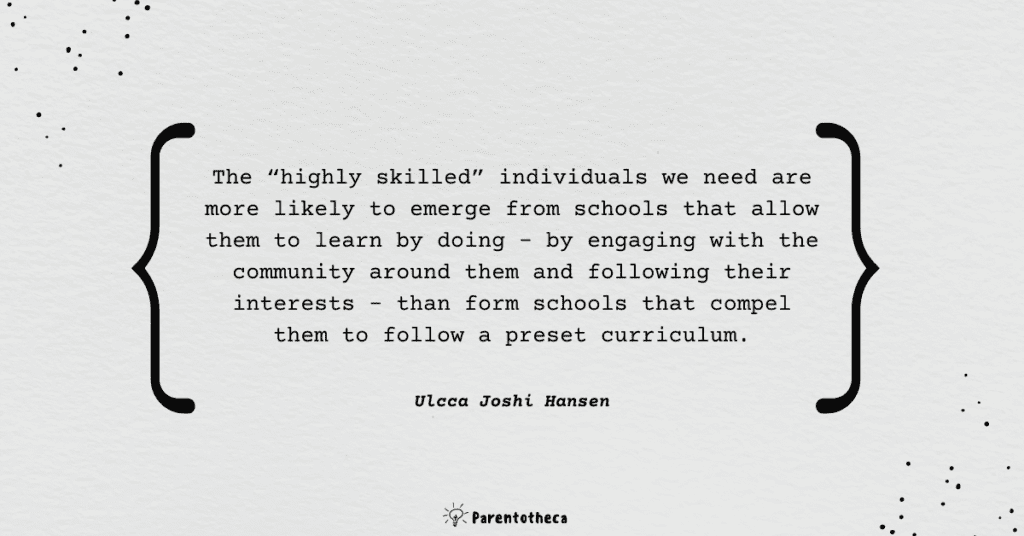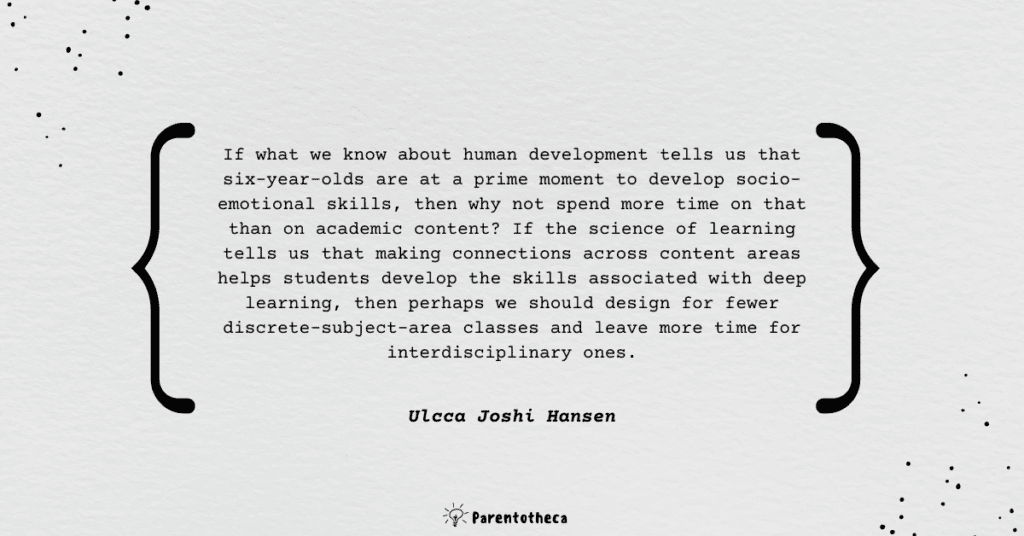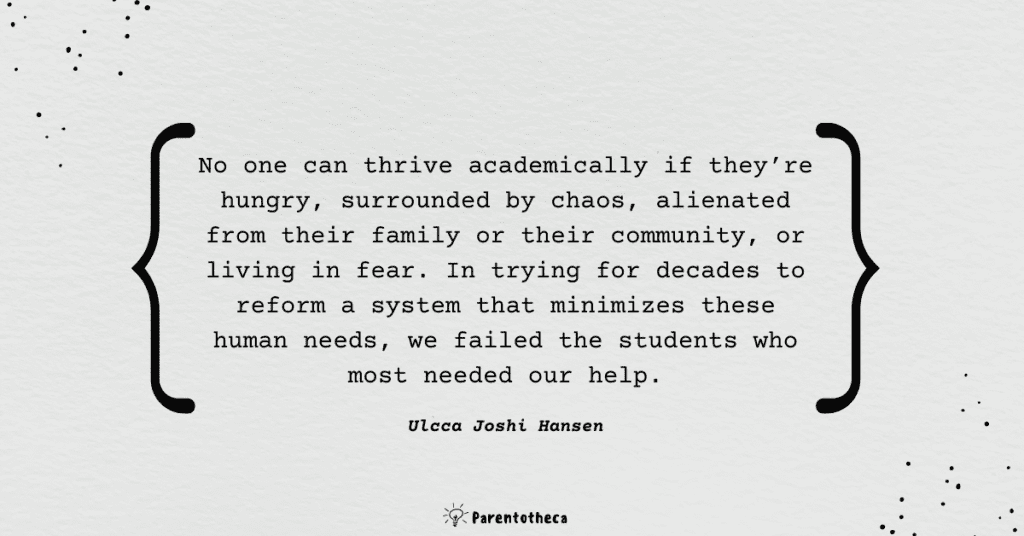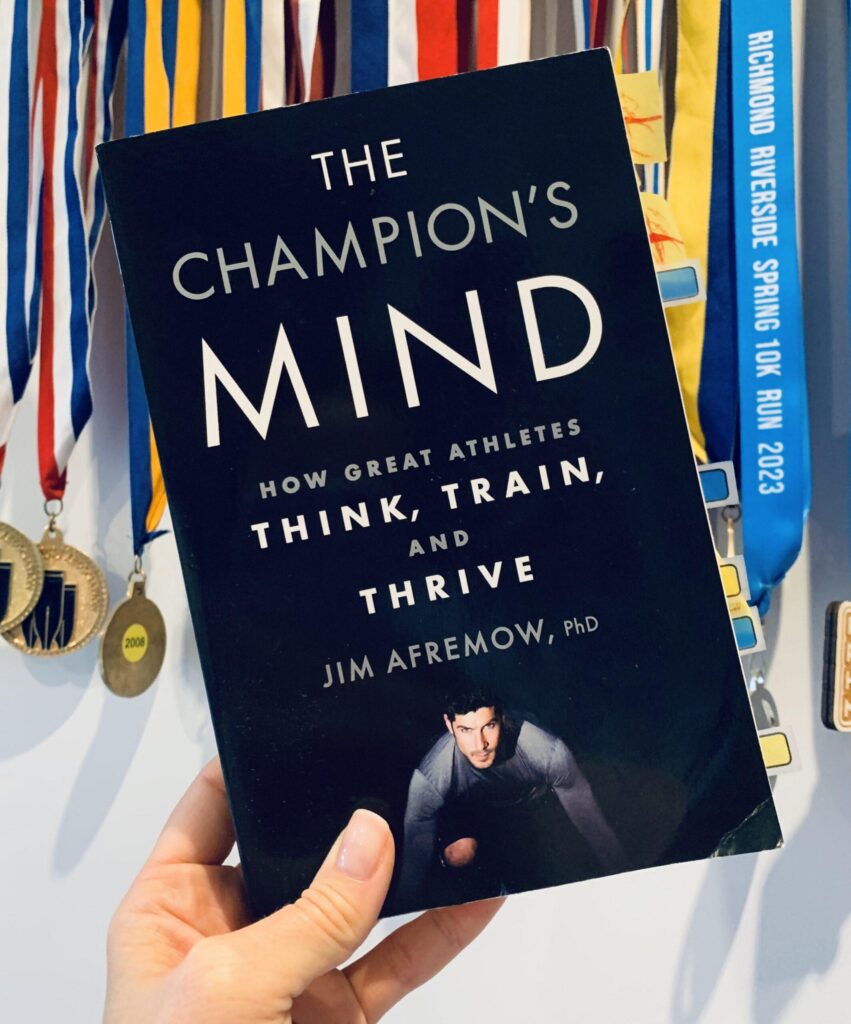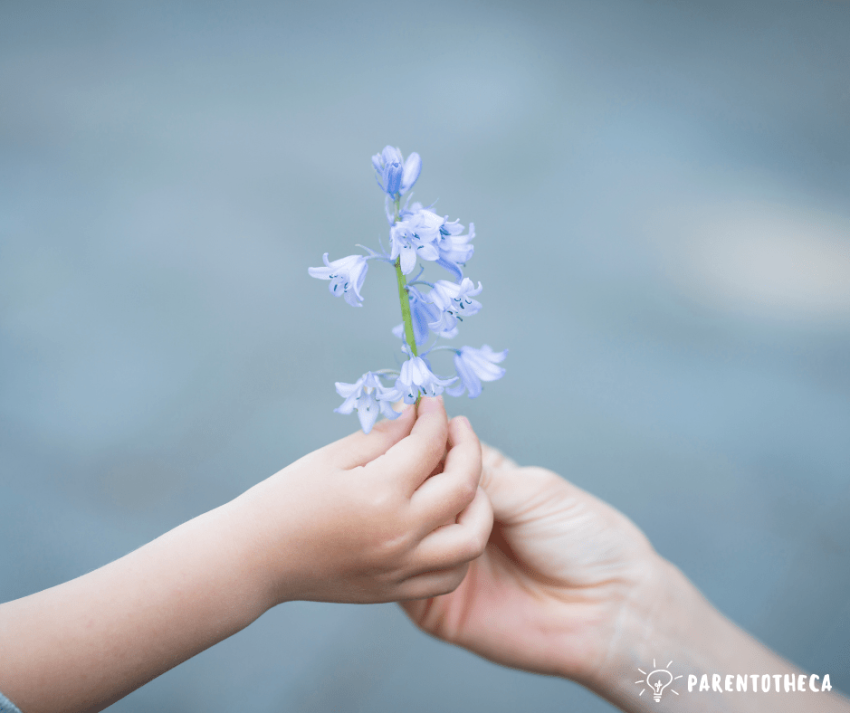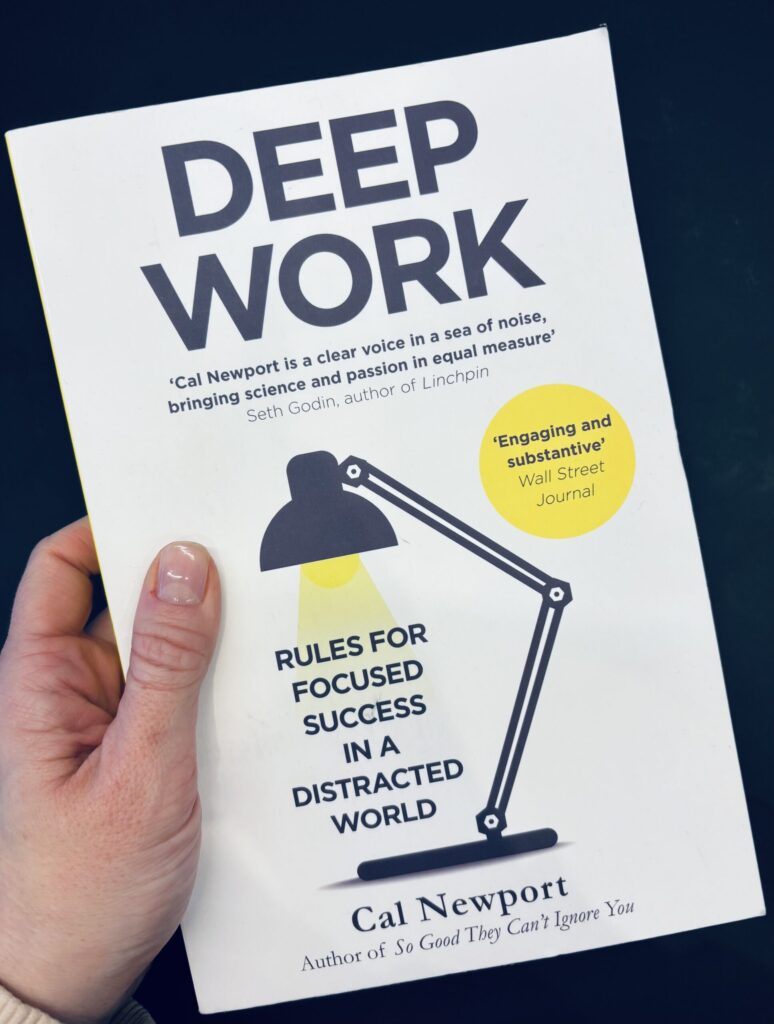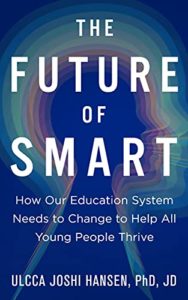 The Future of Smart – book notes
The Future of Smart – book notes
How Our Education System Needs to Change to Help All Young People Thrive
Ulcca Joshi Hansen
Capucia Publishing (14 Sept. 2021)
About the author
Ulcca Joshi Hansen is Chief Program Officer at Grantmakers for Education, an internationally recognized expert on educational transformation and a mother of two. Hansen has a BA in philosophy from Drew University, a PhD from the University of Oxford, and a JD from Harvard Law School. She is a two-time TEDx speaker and has been recognized nationally for her leadership as a Harry S. Truman Scholar, a British Marshall Scholar, and a Paul and Daisy Soros Fellow.
About the book:
“”Smart” has come to represent a flattened, largely dehumanized idea of human capability. It’s an idea based on centuries of bias about what matters in people and cultures, and what doesn’t. This idea of smart is more than just a foundation for what we do in schools; it’s one of the organizing principles of our society. And it poses an existential threat to the development of our children and our communities. This book is an exploration of what smart should mean and what our system of education should value most: the complexity and richness of our humanity and the many different ways in which people engage with and contribute to the world. The schools that gave me that feeling, I now realize, were the ones built entirely around an idea of smart centered on these latter values.”
The Future of Smart is one of those books that will help you to look at education from an entirely new perspective. It examines fundamental questions – what does it actually mean “to be smart” and, as the sub-title suggests, “how education system needs to change to help young people thrive”.
In this thought-provoking book, Hansen draws on research, history, and more than two decades of personal experience to demonstrate what modern education should look like to help children unleash their unique potential and find their place in the world. Moreover, she offers a concrete plan to facilitate that change (although Ulcca acknowledges that it will take years and even decades to transform the whole system).
And guess what? It all starts with us – parents, educators, community members – we all can be the power brokers (P.S.: that’s why we created this blog – to share great ideas with other parents)!
Many eminent scientists have been talking about better ways of schooling for decades (e.g. the science of flourishing, the science of learning, emotional intelligence research) – there is a proven record that not only academic knowledge help our children thrive in life. But the issue is that the education system fails to catch up on this. Considering economic changes, technology development and a general decline of children’s well-being, we desperately need schools to change.
Like Robinson’s Creative Schools, The Future of Smart is probably more for educators. But if you are a parent who (1) wants to critically reflect on the current education system; (2) explores education opportunities for your child; (3) or/and thinks about alternative schooling – this book definitely gives food for thought.
We’ll share just a few ideas in these notes, but check out the book for more. Let’s go.
P.S.: Even though Hansen talks about the American education system, the basic principles apply to pretty much any other country, I guess (definitely can speak from the Russian and Polish perspectives ☺).
Key insights:
Looking at education from the brain perspective
“One of the theories of this book, based on the work of psychiatrist Iain McGilchrist, is very different from the common assumption that each hemisphere “does” different things; that is, that the left “does” math, logic and thinking while the right “does” art, music and feeling. We now know that both hemispheres of the brain are involved in everything we do, including high-level activities such as reasoning, imagining and creating.
The difference between the two hemispheres, McGilchrist found, lies in how they engage with the world. The hemispheres work both individually and in concert, allowing humans to do two critical things at once. […] In more concrete terms, the left hemisphere pulls things out of context to identify features and give them names, while the right tends to see things in context—to experience connections between things as much as the things themselves. The left tends to make things abstract while the right makes things vivid and concrete. The left seeks to know what to do and what things mean, while the right is attuned to how things feel and how they simply are.”
Effective learning happens when both parts of the brain are engaged (actually, we really recommend checking out this great video where McGilchrist explains the divided brain concept).
Considering this perspective, Ulcca highlights that’s one of the key problems with the current education system (and the society in general) is that it values mainly the left-hemispheric way of being. Schools focus a lot on outcomes and quantifiable data but often totally omit the subjective experience. She continues:
“Taken to the extreme, left-hemispheric human experience is like living in a hall of mirrors: a constant search for comparisons, practicalities and solutions, but disconnected from any intuitive, felt sense—or physical embodiment—of what matters. In a world dominated by the left hemisphere, the big picture is lost. Bits of discrete information dominate our attention, but true wisdom eludes us. We focus on specialization at the expense of general practice and understanding the whole. Craftsmanship, acumen and intuition are replaced by “expert” knowledge based on theory and qualifications rather than experience. Technocratic solutions flourish even as we become disconnected from true democracy and engagement. We experience the world ever more through simulations rather than through experiences of ourselves and others. Speed and volume supersede quality. Cultural history and context are confidently dismissed in favor of a future driven unwittingly by data and technology rather than intentionally mediated or enhanced by it. We’re not entirely left-brain-oriented yet, but we’re moving in that direction. The question is what to do about it.”
And that’s an excellent question. Maybe that’s why mindfulness becomes more and more popular these days? People try to fill this void?
The world itself is very complex. If we focus too much on just the left part of the brain, we might lose sight of these complexities around us and will fail to see the broader picture. If we pursue happiness by joining a rat race (promotion, bigger house, fitter body), we are risking missing all the other things that contribute to our well-being.
The holistic-indigenous model as an alternative to conventional schooling
“The holistic-indigenous perspective embraces the importance of human development. The educational environment and programs are matched to a child’s development at each stage of growth. The life of the child drives the work of the school at all levels.”
So here is another argument why we need a revolution in the education system – the conventional schools (The Cartesian-Newtonian as Hansen calls them in the book) are not taking child development into consideration. What we know now is that children develop at a different pace. So when we assume that everyone is on the same page in the learning process, we create a lot of tension and stress for those who are not there YET. And a lot of frustration for early bloomers. Basically, many children don’t experience flow while learning.
Ulcca highlights that the holistic-indigenous (HIL) schools actually consider it. Such schools also promote holistic brain development: presenting the world as complex and constantly changing and growing, guiding students to understand how various events and entities affect each other, encouraging self-reflection, etc.
In a nutshell, Ulcca argues that the HIL model may be the best for children to thrive in the modern world. That’s the transformation the education system needs. Here is a great diagram from the book explaining the HIL approach:
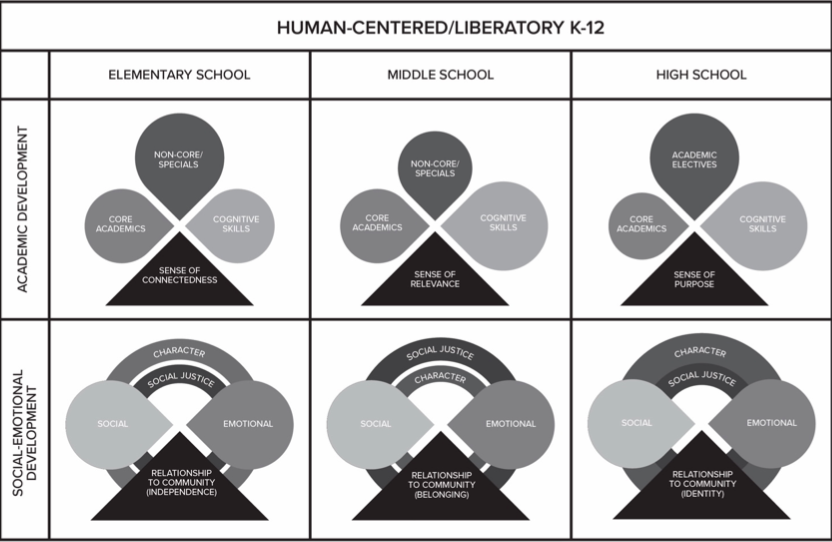
It’s pretty complex (and very holistic compared to the Cartesian-Newtonian approach :)). That’s why if we decide to adopt this model on a national level, we literally need a revolution.
In the book, Hansen outlines a plan on how this change can be rolled out on a national level – if you are an educator, we recommend you dive deeper.
Every person has unique potential.
“Each child is born with unique traits, and the cultivation of that particular human energy should be central to the child’s development. Whatever is unique in the child connects them to the divine, and it should be protected and nurtured in the learning process. Hence the significance of naming-ceremonies and vision quests in many indigenous cultures: each is a recognition of the child’s particular essence. Helping a young person grow as themselves by attending to the physical, intellectual, social, emotional and spiritual aspects of their being is the collective work of families, schools, communities and societies.”
That’s a very good point. Everyone has unique potential. And everyone can learn to live consciously from a very young age. So we need schools that value the uniqueness of every child and build the learning ecosystem around this uniqueness. One size does not fit all.
If we pay attention to “human energy” and create experiences and interactions for kids to develop their potential, they will thrive in life from a very early age.
I guess the Flow state can be a link to “the divine”? Provide children with opportunities for self-reflection? Helping them develop an autotelic personality? Letting them do what they truly love and care about? Focusing on developing strengths rather than fixing weaknesses? Giving kids opportunities to explore different interests to help them discover their purpose in life?
P.S.: When you think of it, there are so many self-development programs for adults promising to help you rediscover yourself, find your purpose in life, and unleash your potential. The life coaching and self-improvement industry is blooming. But why don’t we teach all these concepts to young kids from the very beginning of their life?
Schools should teach well-being
“Human well-being results from being engaged in meaningful pursuits that are grounded in a sense of purpose. This may sound intuitive, but it’s easily forgotten in our society. The narratives we teach our children about what it means to be smart and successful; about what they should be learning and achieving in school, and why they should do so; and about what options they have to build fulfilling lives, are based on how we understand well-being and fulfilment. These messages – implicit or explicit – stay with them for the rest of their lives. Unfortunately, one metric has fundamentally changed over the last three decades as we rolled out our billion-dollar efforts to improve education: children’s overall well-being. And it’s declining. In other words, not only are we failing to improve academic outcomes, but our efforts to do so have made our children measurably less happy in a span of just 20 years.”
Well, can’t agree more! Many psychologists ring an alarm that children’s well-being is in decline, but not many schools act on it. The father of positive psychology, Martin Seligman, highlights the sense of purpose (meaning) in life as one of the main elements of well-being. In Flourish (check out the notes), he also writes:
“Two good reasons that well-being should be taught in schools are the current flood of depression and the nominal increase in happiness over the last two generations. A third reason is that greater well-being enhances learning, the traditional goal of education. Positive mood produces broader attention, more creative thinking, and more holistic thinking.”
+1 for teaching the science of well-being to kids ☺
It also reminds me of William Daimon – in The Path to Purpose (check out the notes), he writes:
“If we never provide students with information about what adults they admire find meaningful; if we never tell them about how those adults searched for purpose; if we never give them occasions for reflecting on their own searches and encourage them to ask the essential questions about what they want to do with their lives, we risk raising a generation that enters adulthood without direction – or, worse yet, hesitates to enter adulthood at all.”
Being ready to live a fulfilled life in a way is more important than being ready for a maths test.
Think about it. And check out our article on how you can help your child find a purpose in life for some practical ideas.
Education needs to prepare children for the future
“The professional world of the near future demands two types of wage- earners that the industrial model tends to discourage or neglect: those who know how to work in complex, interdisciplinary ways on multifaceted, ambiguous challenges; and those who engage with the world through the human qualities that can’t be replicated by artificial intelligence, such as empathy, compassion, adaptability and creativity.
The decontextualized and mechanistic work that impelled the industrial model will not prepare the students of today for the world they’re likely to encounter—a world in which complex, dynamic, system- level problems are the norm and will only be solved through the collaboration of diverse groups of people with divergent ideas. […]. Human-centered/liberatory education immerses young people in lessons that resemble what actual life and work will look like—messy, non-linear, ambiguous and multifaceted. It reflects the reality that young people cannot conceptually prepare to engage with such a world; they need to immerse themselves in it so that they can learn what it means to embody the knowledge, skills and dispositions they will need to thrive.”
Yes, cannot agree more on this! We cannot predict how the job market will look in 10 years. But what we know, for example, is that AI will soon replace many left-brain jobs. And the current education system is not ready for the rapidly changing world.
It all starts with teachers.
“In HIL programs, educators are of central importance because they are the units of the learning community that interact with and shape various other levels of the ecosystem, including students, other teachers and community members. The teachers at the Steiner and Krishnamurti schools spent a lot of time working on their personal development as part of their initial educator training. The founders of both models, along with Montessori, believed that in order to guide students on the intellectual and personal journey that is education, and in order to provide opportunity for young people to become themselves, teachers must undergo and continue to reflect on their own processes of personal transformation. They need to become aware of and accept their backgrounds, assumptions, conditioning and challenges; only then will they be equipped to create community and learning for students in authentic and embodied ways.”
That’s a brilliant point – great learning starts with a great teacher. Same in parenting – if we want to raise an independent, self-driven adult, always start with yourself: make self-awareness your best friend, prioritise relationship with your child over control and never stop learning – work on your personal development.
Sir Ken Robinson shares a similar idea – in conventional schools, teachers are distracted with political agendas, national priorities, job descriptions, etc. Therefore they don’t have much time for personal development and building relationship with children. And that’s super important for good education.
To conclude, for those already convinced that this approach makes a lot of sense, the good news is that there are some established Holistic-indigenous schools, e.g. based on Maria Montessori, Rudolf Steiner and Krishnamurti methodology. The bad news is that there are not many of them, and most of them are private.
P.S.: a big issue with the HIL schools today is that they have a different assessment approach, which is hard to integrate into the current education system. That means that some children will face limited options if they decide to go to uni.
P.P.S.: that was the main reason why we didn’t place our children into a HIL school…
Action steps for you:
- Encourage your children to explore their uniqueness – their interests and passions, strengths, learning style, etc. How you/they can use this to enhance their learning?
- Reflect on your school experience and evaluate it critically – what do you think the school could do better?
- “Think about one thing you could let go of in your power/wealth/status expectations for yourself or your child in order to create room for experiences that provide a sense of purpose and fulfilment.”
Quotes from the book:
